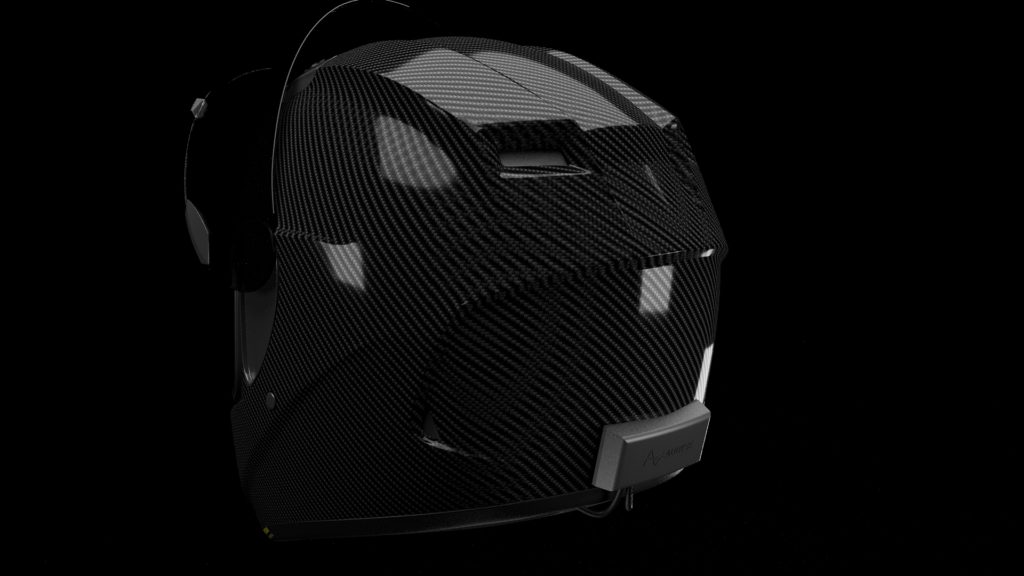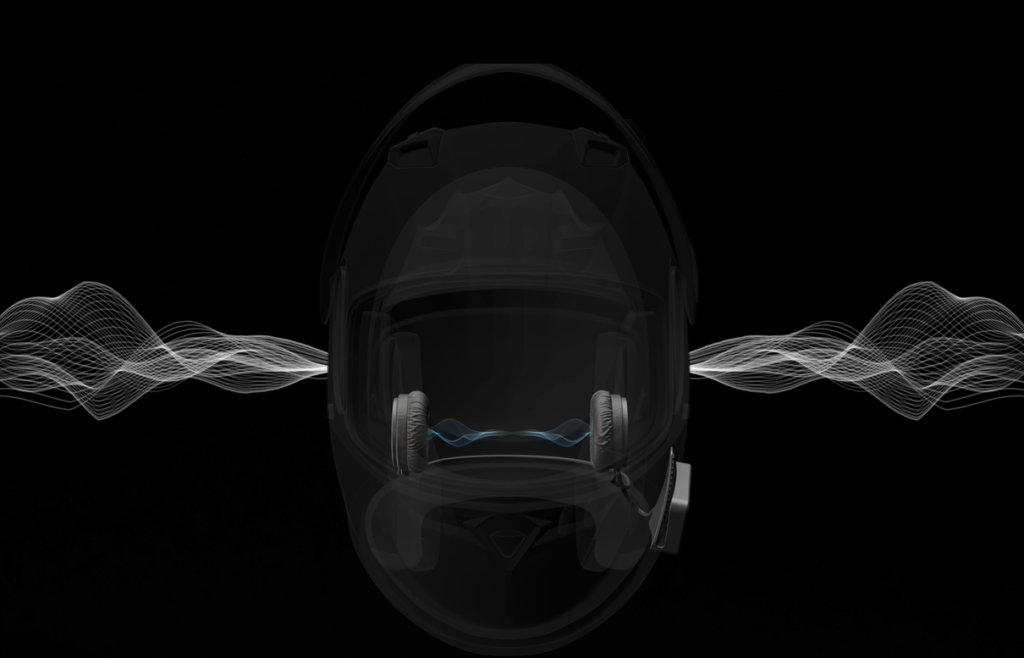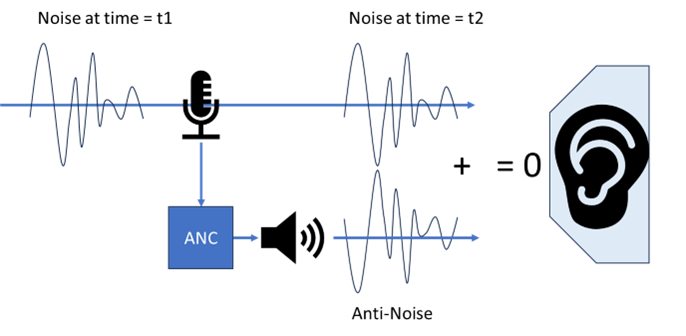How Good Is Your Sound?
Explore the complexities of achieving “good” sound in music reproduction, from speaker response to the impact of EQ. Dive into Audyse’s approach using Digital Signal Processing for a flat headset response, and discover how personal taste shapes the pursuit of perfect sound.
How Good Is Your Sound? Read More »







